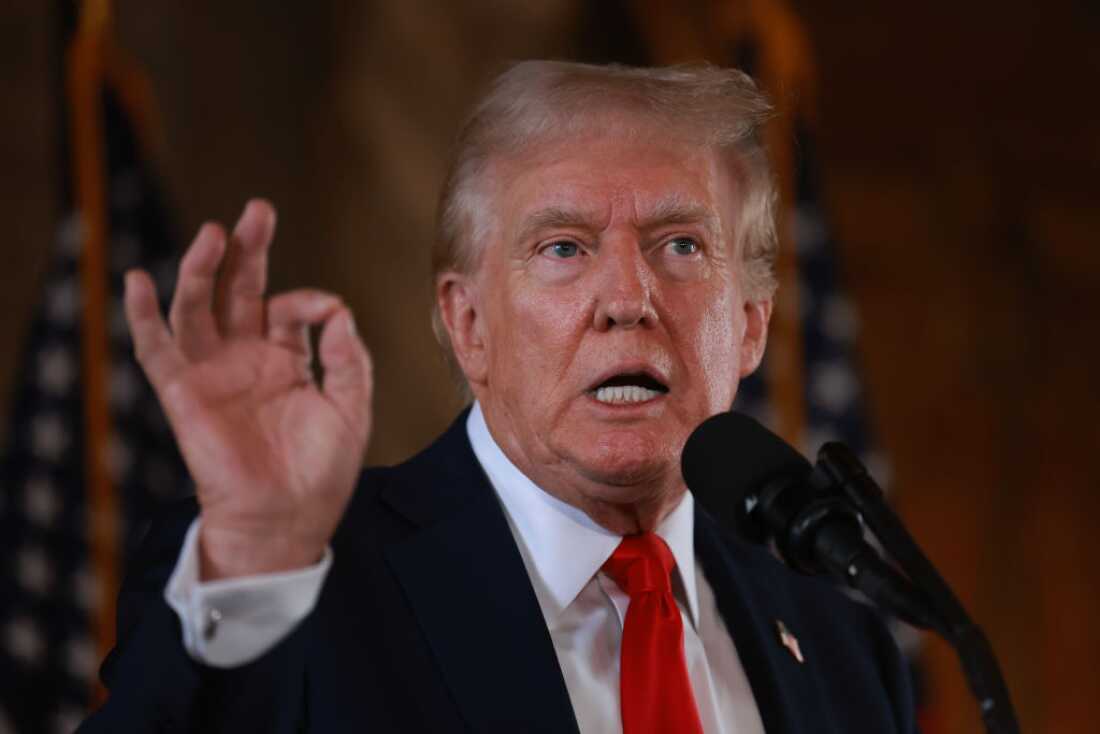Even with various internal and external challenges, the U.S. economy persists in showing resilience, surprising experts who forecasted declines that have not yet entirely occurred.
During the last few years, the economy of the United States has faced numerous challenges, ranging from worldwide health emergencies and geopolitical tensions to ongoing inflation, supply chain issues, and political disputes that have affected investor confidence. Nevertheless, despite these challenges, the economy has consistently demonstrated its strength, showing growth in situations where it was expected to stumble. This continuous performance has stirred discussions among economists, government officials, and business leaders regarding the fundamental factors that sustain economic stability in the USA.
The weight of global pressures and domestic uncertainties
When the pandemic first spread across the globe, most forecasts assumed the U.S. economy would experience prolonged damage. However, aggressive fiscal stimulus, swift adaptation by businesses, and innovative shifts in consumer behavior helped cushion the blow. While other nations faced longer recessions, the United States managed to rebound more quickly, surprising even seasoned financial experts.
As inflation emerged as the primary worry, the Federal Reserve increased interest rates at an unprecedented speed in recent decades. Many worried that these actions could drastically slow down economic activity or cause significant job cuts. However, although some sectors experienced a downturn, overall employment levels were robust, and wages kept increasing across various industries. This mix of limited labor availability and consumer purchasing strength contradicted conventional predictions about economic reactions in such circumstances.
Additionally, global conflicts and trade disagreements introduced further pressure, especially in the energy sectors and agricultural exports. However, the U.S. economy adjusted by broadening its supply networks and relying more on local production when feasible. Although variations in prices posed challenges for families and enterprises, the overall economy continued to progress.
Consumer confidence and business adaptability
One of the clearest indicators of resilience has been the continued confidence of American consumers. Despite headlines warning of potential downturns, people have maintained spending habits, particularly in areas such as travel, entertainment, and retail. This spending, even if tempered by higher prices, has kept demand strong and motivated businesses to continue investing in operations and expansion.
American corporations have shown an impressive ability to adjust. Through digital evolution, remote work adoption, or optimized logistics, companies have reorganized themselves to overcome obstacles. Numerous businesses, especially those that are small and medium-sized, have discovered creative methods to reduce expenses while satisfying client demands. This entrepreneurial flexibility has been crucial in mitigating economic impacts that could have otherwise resulted in a downturn.
Another aspect is the continuous arrival of industries and startups driven by technology. Domains such as AI, green energy, and biotech have boosted employment and investment prospects, balancing out declines in more conventional areas. These engines of expansion not only enhance the present stability but also indicate a future economic shift that may protect the nation from upcoming challenges.
The ongoing debate about sustainability
While the durability of the U.S. economy is evident, questions remain about how long this resilience can last. Critics argue that high levels of government debt, persistent inflation, and widening inequality could eventually erode the foundation of stability. Others point to the potential for global financial shocks, environmental challenges, or new geopolitical conflicts to test the limits of the system once again.
Supporters, however, emphasize that the American economy has historically shown an ability to recover from adversity, often emerging stronger after periods of disruption. They highlight the role of innovation, consumer strength, and institutional adaptability as cornerstones that continue to drive progress even in uncertain times.
The truth likely lies somewhere in the balance between these perspectives. While risks are undeniable, so too are the opportunities for continued growth and reinvention. What sets the United States apart is not the absence of challenges, but its capacity to absorb them and find new pathways forward.
In the end, the story of America’s economy is less about invincibility and more about resilience. Each trial underscores the interplay between risk and adaptability, between hardship and opportunity. And as long as these dynamics remain in motion, predictions of collapse may continue to be proven premature.

:max_bytes(150000):strip_icc()/GettyImages-2233777245-a8c44074c1a94d94866c5c53d4fed4aa.jpg?w=360&resize=360,240&ssl=1)


